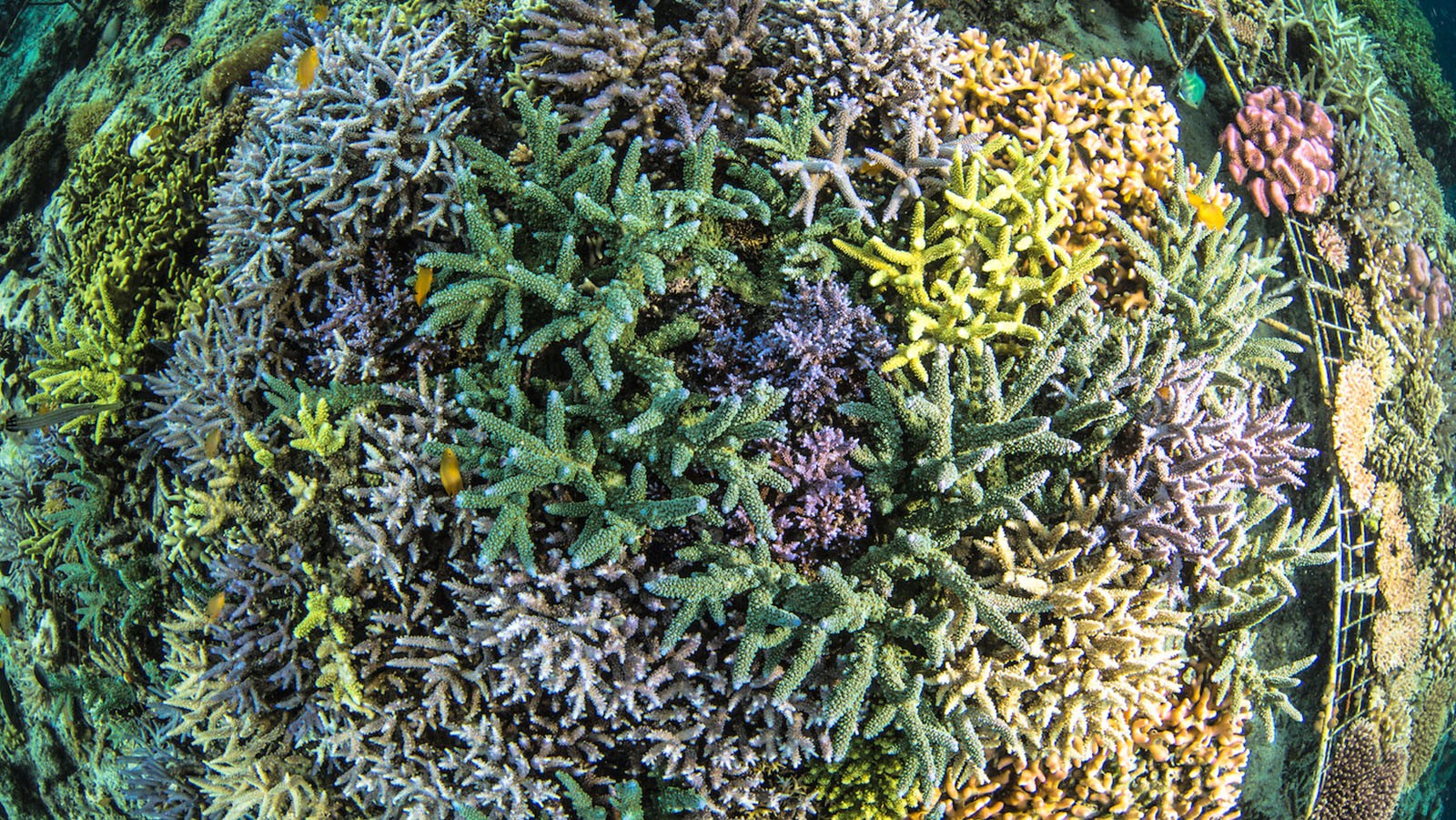Recently the UN Environment Programme Report on coral bleaching projections for 2020 was published, updating work that was done in 2017 using a previous generation of global climate models to project coral reef bleaching globally. The report shows some interesting new results. Ruben van Hooidonk, a coral researcher at AOML and the University of Miami Rosenstiel School Cooperative Institute for Marine and Atmospheric Studies, was the lead author of the report.
Scientists have observed three global coral bleaching events with the most recent beginning in 2014 and extending into 2017. This event is the longest and most widespread bleaching event ever recorded This type of prolonged disturbance doesn’t allow corals enough time to recover during the cooler seasons like we have seen with past bleaching events. This new report suggests that this may become the new normal for our world’s coral reefs.
“Using the latest climate models the projected year of annual severe bleaching is 2034; this is nine years earlier than was projected using the previous generation of climate models.” says van Hooidonk.
Van Hooidonk used the raw data from previous climate models to create projections of coral bleaching under different global climate scenarios. He then analyzed these results to determine how the projections were different from previous projections.
The projected exposure to bleaching conditions varies greatly across the globe. Coral reefs in areas that are expected to experience bleaching events much later than other reef areas could serve as a temporary refugia. These areas may also support the blue economy with ecosystem goods and services for longer. The projections made in this report will be important for guiding management and conservation planning and can be used as a tool for education and outreach programs.
